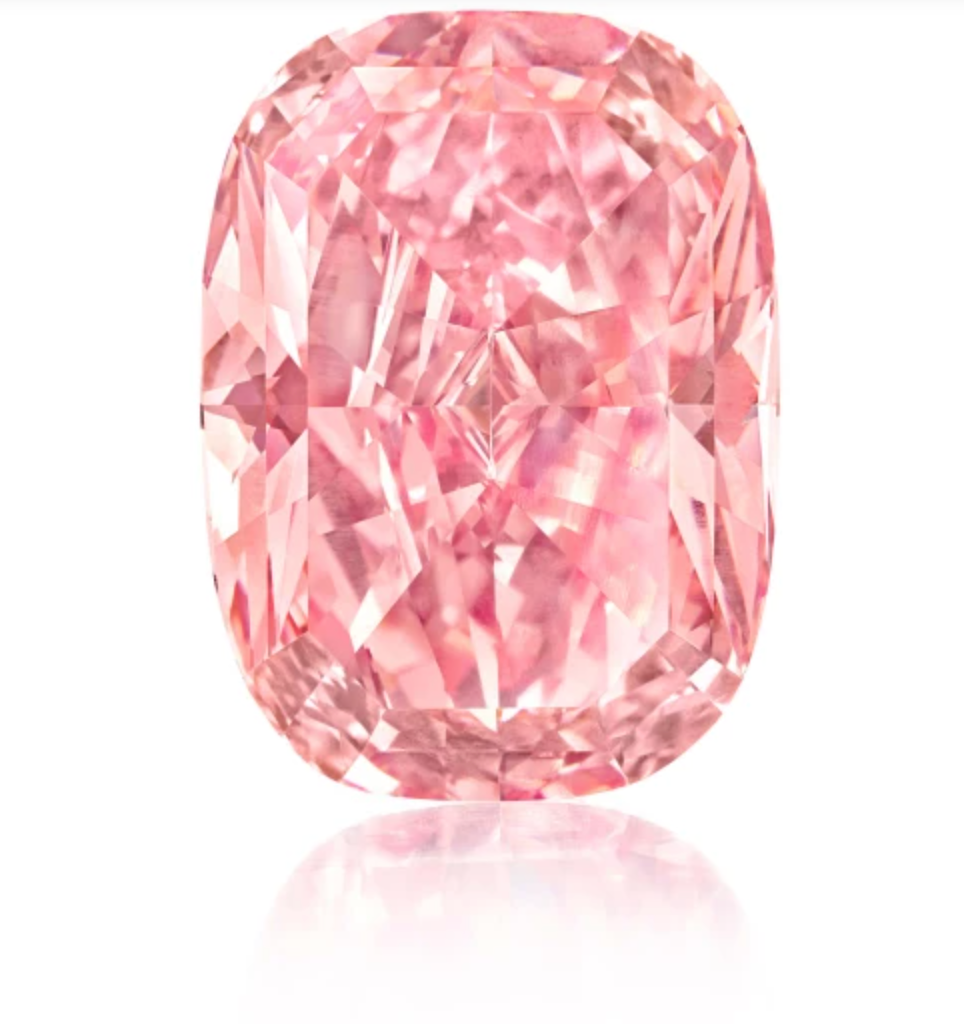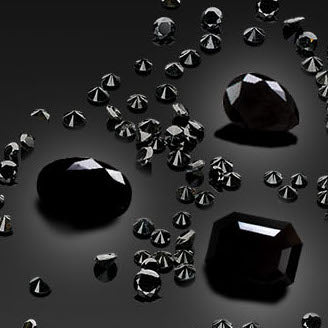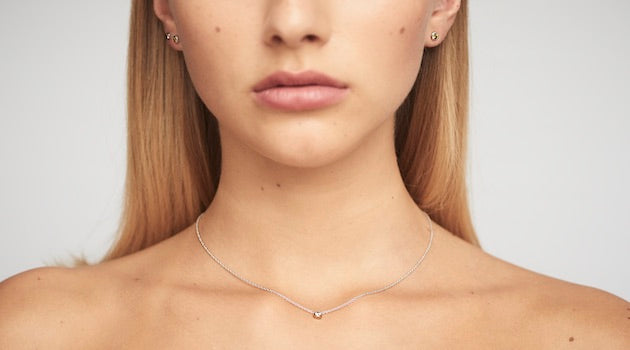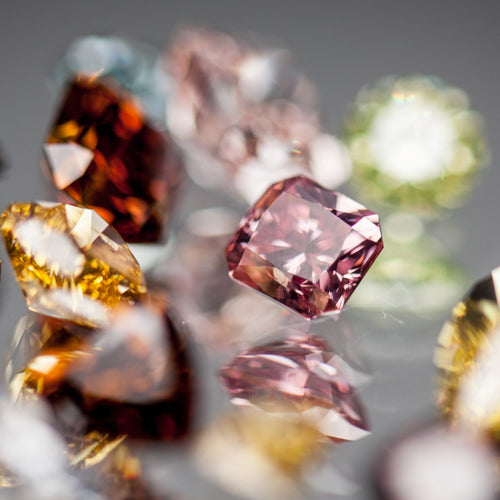





Cycle of Rings

Rapaport Magazine by Phyllis Schiller October 2014
A new exhibition and sale of antique rings highlights the enduring appeal of this most personal form of adornment.
Rings are one of the most intimate types of jewelry, prevalent in nearly every culture from antiquity to the present day, explains Dr. Sandra Hindman, founder of Les Enluminures, a gallery specializing in manuscripts and miniatures from the Middle Ages and the Renaissance, and antique jewelry from the Early Christian and Byzantine eras through the Baroque period. Worn by men, women and children, rings are, Hindman says, “among the most personal forms of art to have survived through the ages.”
Throughout history, rings have been symbols of power, promises of love, mementos of lost loved ones and celebrations of life, as well as an exquisite means of “bodily beautification.” In fact, Hindman points out, “The ring is one of only a few forms of jewelry we gaze at on our bodies without looking in a mirror. It is not surprising, therefore, to find that the vocabulary for describing a ring also distinguishes parts of the human body: the ‘head,’ or bezel or setting; the ‘shank,’ or hoop or band; the ‘foot,’ or bottom of the hoop or band and the ‘shoulders,’ that part of the ring between the hoop and the bezel.”
A new exhibition at Les Enluminures New York gallery this fall, “Cycle of Life: Rings from the Benjamin Zucker Family Collection,” presents 40 museum-quality rings that run the gamut from Hellenistic to nineteenth-century examples. The exhibition, says Hindman, offers a unique opportunity to see many impressive rings. “There are a few museums with important collections of rings — the Victoria and Albert, the British Museum, the Metropolitan Museum — but it is very, very rare to see them out of a museum.”
A CONNOISSEUR’S COLLECTION
Benjamin Zucker, a third-generation gem dealer, began acquiring this stellar collection in 1970, at the age of 29, when he purchased a gold, enamel and filigree seventeenth-century Jewish marriage ring. It was the start of what was to become, says Hindman, “one of the best collections of Jewish wedding rings in private hands.” But Zucker did not confine his acquisitions to one category. Over the past 40 years, he amassed a historically important collection “unique in its breadth, the quality of the stones and the provenance of the rings,” which have belonged to some of the most important collectors of the past century, including Dame Joan Evans, Ernest Guilhou, Ralph Harari and Melvin Gutman.
With the discerning eye of an experienced dealer in diamonds and precious stones, Hindman adds, Zucker chose rings adorned with diamonds and precious gems of the finest quality. For example, “he has a representative tart mold ring, a type that exists in many examples,” Hindman points out. But his ring “has a very rare and beautiful green sapphire in it instead of, as more normal, a blue sapphire or even a garnet.” The variety of diamond-set rings in the exhibit includes a range of stones, from an uncut diamond from the third to fourth century and table-cut, point-cut and rose-cut diamonds from the sixteenth through the eighteenth centuries to eighteenth-century brilliant-cut diamonds.
One of the star attractions featured in the Les Enluminures exhibition is a rough-cut 1.75-carat diamond set with a double pyramid in a high openwork bezel, shown bottom right. The ring, which dates back to Rome, third to fourth century A.D., was once part of the fabled nineteenth-century de Clercq collection of Roman and Byzantine jewelry and previously on loan to the Museum of Fine Arts in Boston. Only a handful of Roman diamond rings are still known to exist. According to Zucker, “Diamonds, like paintings, are unique works of art and the Roman ring is truly unique as a diary of untouched beauty of the Indian earth, a tour de force from the hand of the Roman jewelry sculptor and a miracle of survival. When the ring was published by De Beers Diamond Information Center, it stated, ‘The story of the diamond ring begins here.’”
MUSEUM-QUALITY MICROCOSM
The rings chosen for the exhibition have all been previously on display in museums both in the U.S. and abroad, including the Walters Art Museum in Maryland, The Smithsonian Institution in Washington, D.C., and the Israel Museum in Jerusalem. Encompassing, as the name of the exhibition expresses, “the cycles of life”— birth, love, marriage and death — the examples range from friendship rings dating back to Roman times to wedding rings of the Renaissance and Baroque periods, Jewish marriage rings from the seventeenth through the nineteenth centuries and memento mori remembrance rings.
Included in the exhibition are such standouts as a Medieval gold ring set with a tenth-century sapphire inscribed in Arabic; a diamond, pigeon-blood red Burmese ruby and enamel gimmel ring from Germany, dated 1631, shown top right, which features an ornate double bezel, and a perpetual calendar ring in gold and black enamel from England, circa 1830.
A RAREFIED MARKET
Prices for the rings exhibited range from about $15,000 to the low seven figures. According to Hindman, prices for rings of this caliber have increased in recent years “quite a lot.” The rarity quotient and the fact that, she says, “there is virtually no auction market” for them have kept prices elevated.
“I think it is impossible to amass a collection like this today, because rings of these provenances — Guilhou, Rothschild, Harari, Flannery, Gutman — rarely come up for sale, being mostly in museums now. So, this exhibition represents an exceptional and unique opportunity to view such a group still intact. The accompanying exhibition catalog, written by a team of international scholars, pays tribute to the collection with the highest level of scholarship and dazzling photography of the rings.”
Article from the Rapaport Magazine - October 2014. To subscribe click here.














